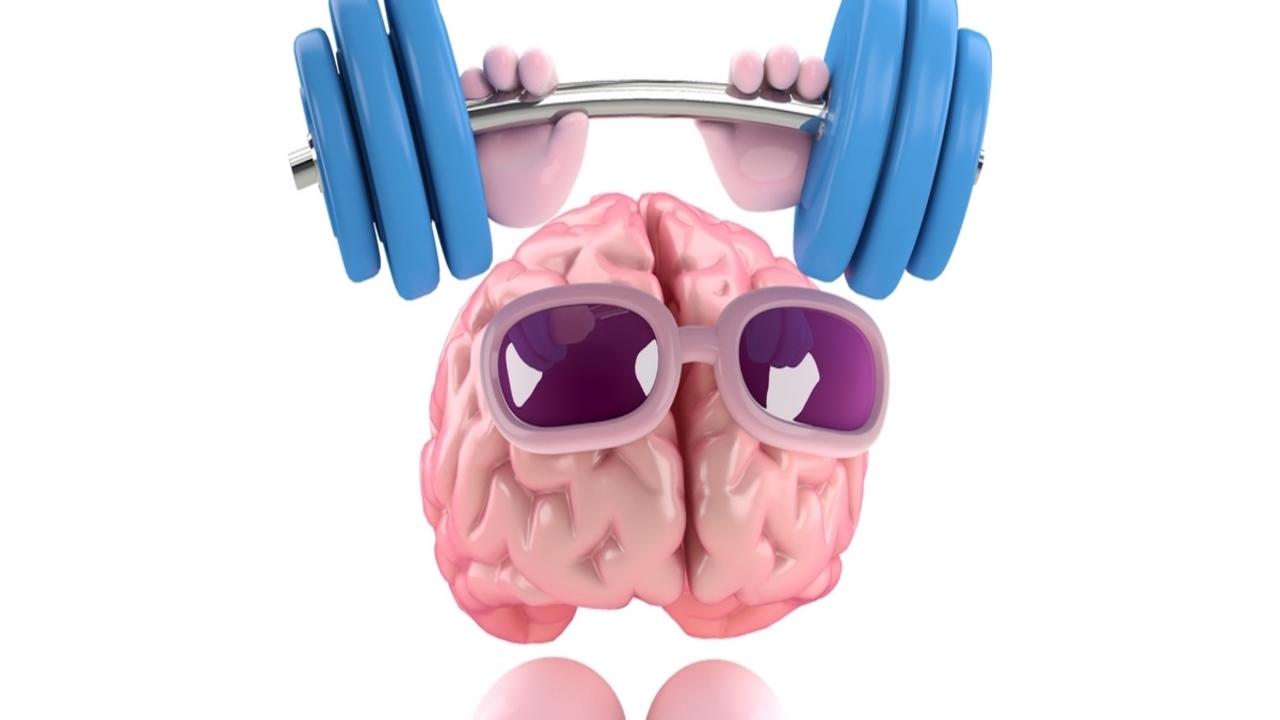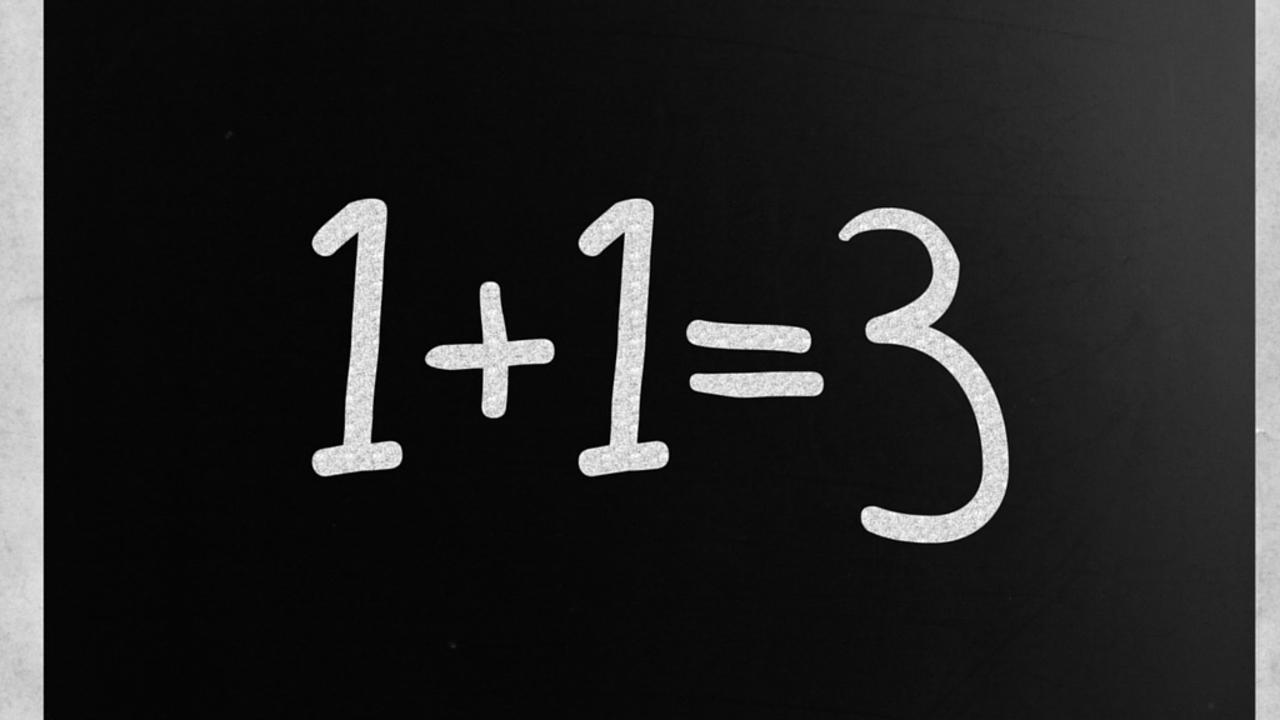WELCOME TO OUR FREE ARTICLES, VIDEOS, AND RESOURCES
Would you like us to send our best free tips, tools, and special offers straight to your inbox?
Seeing Tennis Through Your Child's Eyes...

Isn’t it amazing how tennis seems a lot easier to play while watching from the sidelines. But it’s just not that easy in the heat of battle. So for your child, whose brain is still developing, it can be incredibly challenging to respond well to match challenges like nerves and frustration under stress. This is true even for world class performers. So if he/she does face difficulties in tennis that are hard for you to understand, it’s important that you begin by trying to see the situation through his/her eyes.
Responding With Empathy
I rarely work with a parent who has anything but the best of intentions for their child. But often in our attempts to help someone we can overlook their experience because we judge the situation from our own point of view.
This can lead to miscommunications...
But by being empathetic to your child’s difficult tennis experiences you successfully join with him/her in seeing the situation through his/her eyes. And you’re able to not only explore h...
What Should We Say to Players Pre-Match? (Includes audio example…)

I often get asked by coaches for advice regarding talking to players pre-match…The pre-match chat has obvious importance as it’s our chance to positively influence players’ chance of committing to actions that both develop their game and increase their chance of success.
While I’ve never had a formal structure to my pre-match chats with players, I decided to review some audio files and discovered that there are 5 elements that I generally include when doing so.
So I’ll briefly summarise these 5 elements and their importance for you in this article...
Then I’ll share with you an audio file of me talking with recent Virginia Tech graduate Andreas Bjerrehus before his 2015 match with Virginia’s Ryan Shane…
## I swear in this recording so please don’t listen if you’d find that offensive…
## A couple of terms that I used during this example will likely be foreign to you as they come from a story that I teach players which helps their understanding and application of mental toug...
3 Ways Brain Science Can Help Player Development...

Let’s look at 3 examples of how a better understanding of the brain can be applied to promote player development.
The 3 Examples…
1.) Aerobic Exercise Before Practice
Aerobic exercise affects the brain like fertilizer on grass creating ideal brain conditions for growth and learning.
So a short period of exercise prior to practice boosts player learning during practice.
And to magnify these benefits we can use pre-session exercise to develop players’ concentration, self-awareness, and emotional capacities.
To do so ask them first try to maintain attention on a particular aspect of exercise completion such as their breath, or the physical discomfort in their bodies.
Then the aim is to notice as quickly as possible when their attention has wandered, and refocus it on their chosen target.
Additionally, when players choose to maintain attention on and practice tolerating physical discomfort during exercise this strengthens brain regions responsible for coping with emotional ...
Another Crucial Way That You Can Help Your Child Develop Self-Belief...

A couple of weeks ago I wrote an article for you encouraging you to practice focusing attention on your child's competence (rather than weaknesses) after practice/competition to develop his/her self-belief. Self-belief is a personal quality that is largely developed via parent/coach-child/player communications to do with performance experiences. And it's been revealed in much research across various domains to be one of the most powerful determinants of long-term mental toughness and high performance...So in this article I want to introduce you to 1 more vital way that you can boost your child's development of self-belief...Communicating High Expectations.
Communicating High Expectations...
My master’s degree psychology thesis, which compared developmental factors between those tennis players who were considered to have overachieved in their career (some becoming Grand Slam champions) with those who were considered underachievers,’ revealed a consistent finding regarding pare...
Lendl's Rehab Influence Pays the Biggest Dividends for Murray…
At first watch, Andy Murray’s superb dismantling of Milos Raonic in the Wimbledon final may have looked like a simple case of too much speed, too much craft, and too much defence for the big Canadian…Together, this combination certainly played a major role in Murray claiming his 2nd Wimbledon title…Slowly but surely building pressure that took its toll in the form of incredible Murray returning and passing + uncharacteristic Raonic errors (especially in the tie-breaks which he often dominates.)
But behind this storyline lay a subtle sub-plot directed by Ivan Lendl…
Throughout his career Murray’s biggest achilles heel, along with his second serve, has been an addiction to self/support team abuse.
While I explained my opinion of this process in great detail when describing Murray’s mental capitulation against Djokovic in last year’s Australian Open final, I will review briefly again here before discussing how Murray’s renewed improvement in this area was a vital element in his...
Why Parent-Child Tennis Interactions Are the 'Perfect Storm'

How we interact with our children around tennis has incredible power in influencing his/her mental toughness development, even more so than coaches. This is due to the 'perfect storm' of factors that make tennis parenting interactions the most powerful determinant of children's mental toughness development, both on and off the court...
Our Brains Remember Important Experiences Better...
The genius of the human brain is evident in the way it has evolved ways of deciding which life experiences need to be remembered and learned from and which can be forgotten.
Recent research has shown us that the brain figures out what is likely to be important to remember based on a number of factors, making it more easily rewired as a result of these factors.
And as it happens, there are two factors crucial to sport that encourage our ability to remember sport experiences: exercise and high levels of emotion.
High Levels of Emotion
When an experience is unemotional our brain does not reme...
Developing Player Mental Toughness: The Most Common Coaching Mistake...

Setting high expectations and standards for players is a crucial component of any optimal developmental culture because these foundations promote quality practice environments and player self-belief. But it’s vital to match these expectations and the related challenges we set players with their ability to meet them. While some people may believe that lacking these expectations and standards as coaches (of developing players) is the most common missing ingredient to player success I beg to differ...
In my experience, the most common mistake we make as developmental coaches is in fact setting these expectations and standards without having the required understanding of how to work effectively with players who can't meet them (which of course occurs quite regularly).
These players can present as negative, soft, angry, or just generally with poor attitudes.
In such cases, without intention, our attempts to set appropriate standards for our players often instead ends up perpetuat...
The Mental Toughness Fundamental Players Almost Always Overlook...

One of the simplest and most important things players can do to boost motivation and focus for practice and matches is to take a minute to reflect on a few vital questions before hitting the court...
When players create the habit of doing this it usually adds up to big benefits over time.
But unfortunately, it rarely happens...
In the rush to get out there and hit balls players miss out on the opportunity to reflect on what they are about to do, and why it is important to them to do so...
For example, players need to stop and reflect for a short time on whether the aim of the activity they are about to do is to win; improve; or both...(We call this the Performance Aim)
So in practice more often than not the focus is on improvement...
Whereas in matches, the goal might be to win, or improve, or both (during the developmental years too many kids focus solely on winning instead of improving skills that will help them become the best player they can be).
And if the performan...
The 2016 Men's Australian Open: The Big '4' is Now the Big '1'
When Novak Djokovic lost to Stan Wawrinka in the final of the French Open last year, I wrote this in my post-match review:
“His (Djokovic’s) efforts strongly indicate that his march towards becoming a master competitor is complete…Quite simply, his ability to maintain consistent competitive effort throughout the challenges of both his semi-final (in which he beat Murray in 5 sets) and final was hugely impressive…With the histrionics and hitches that were a feature of his early career play becoming almost nonexistent, unless players can repeat Wawrinka’s incredible level, it looks likely to become a Slam fest for Djokovic in the coming years.”
Funnily enough, it was the way Djokovic lostthat convinced me that he had overcome the final barrier (his occasional low stress tolerance) to becoming virtually unbeatable in the Slams…
And He Has Improved Since Then…
To understand how far Djokovic has raised the bar, anyone need have just watched his comeback in Murray’s 2ndset, 5-5 s...
Varying Time Between Practice Rallies to Develop Competitive Skill...
Typically, when players miss a ball during practice, they tend to feed the next ball in quite quickly (generally a couple of secs) without intentionally refocusing before the start of the rally.
When players do this, however, they miss out on a great opportunity to develop basic competitive skills.
Here are 2 activities I complete with players regularly to help them practice intentionally refocusing and committing to a helpful process for each new rally.
Activity 1: 5 Secs Between Rallies
When players miss a ball they must take approximately 5 secs before they are allowed to feed the next ball
Players are instructed to use this time to ensure that they are explicitly focused and committed to a helpful process before starting the next rally.
The Benefit: Although players actually hit less balls during a session, they will actually hit more with quality during the same amount of time.
Additionally, this activity helps players partially practice their discrete point-by-poin...
